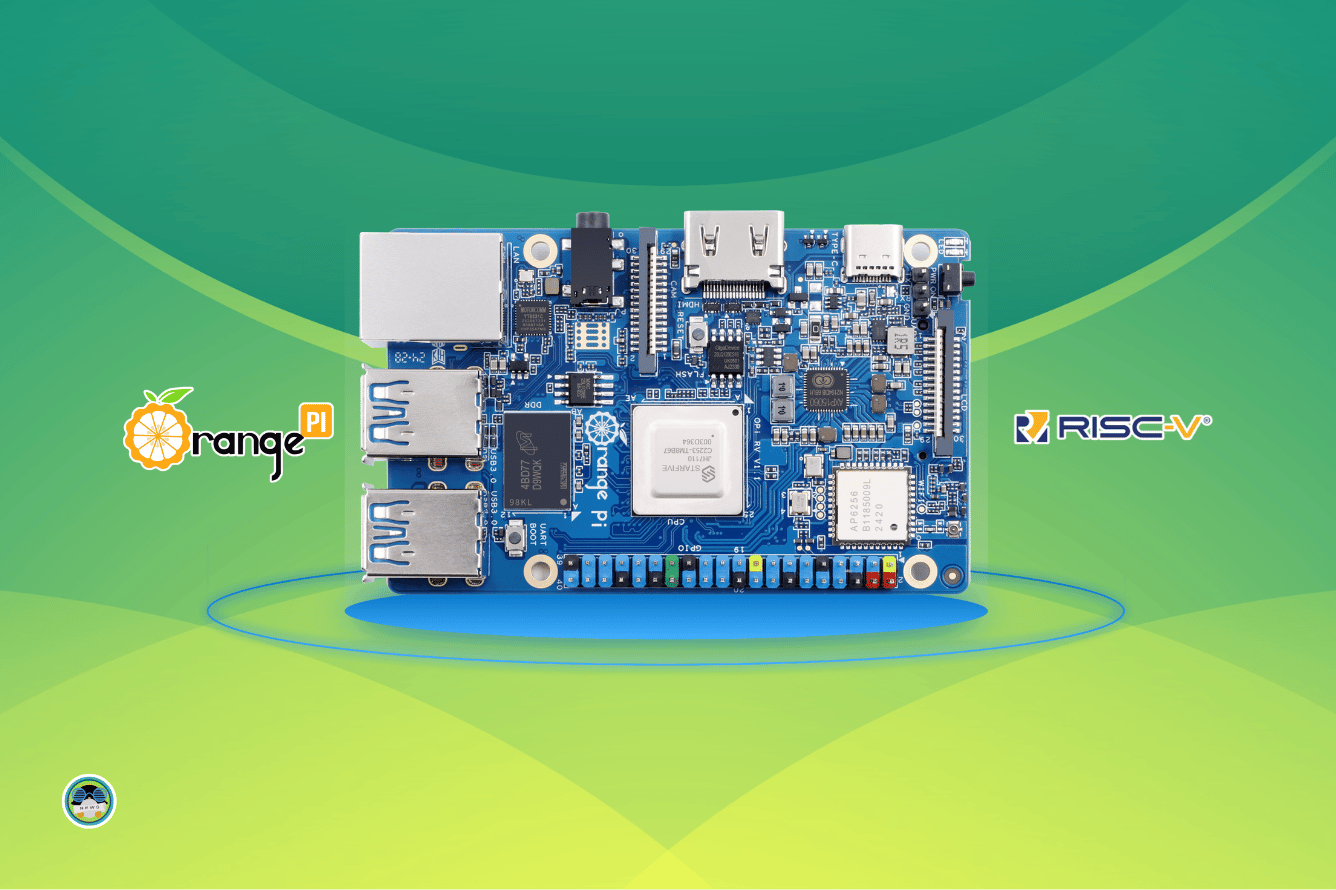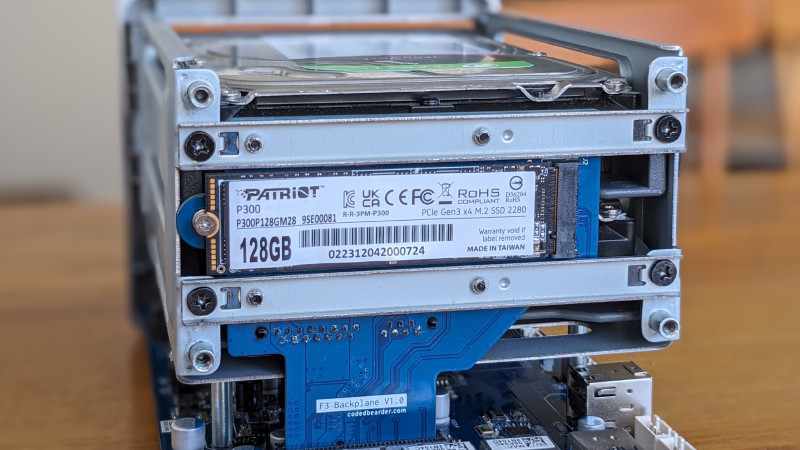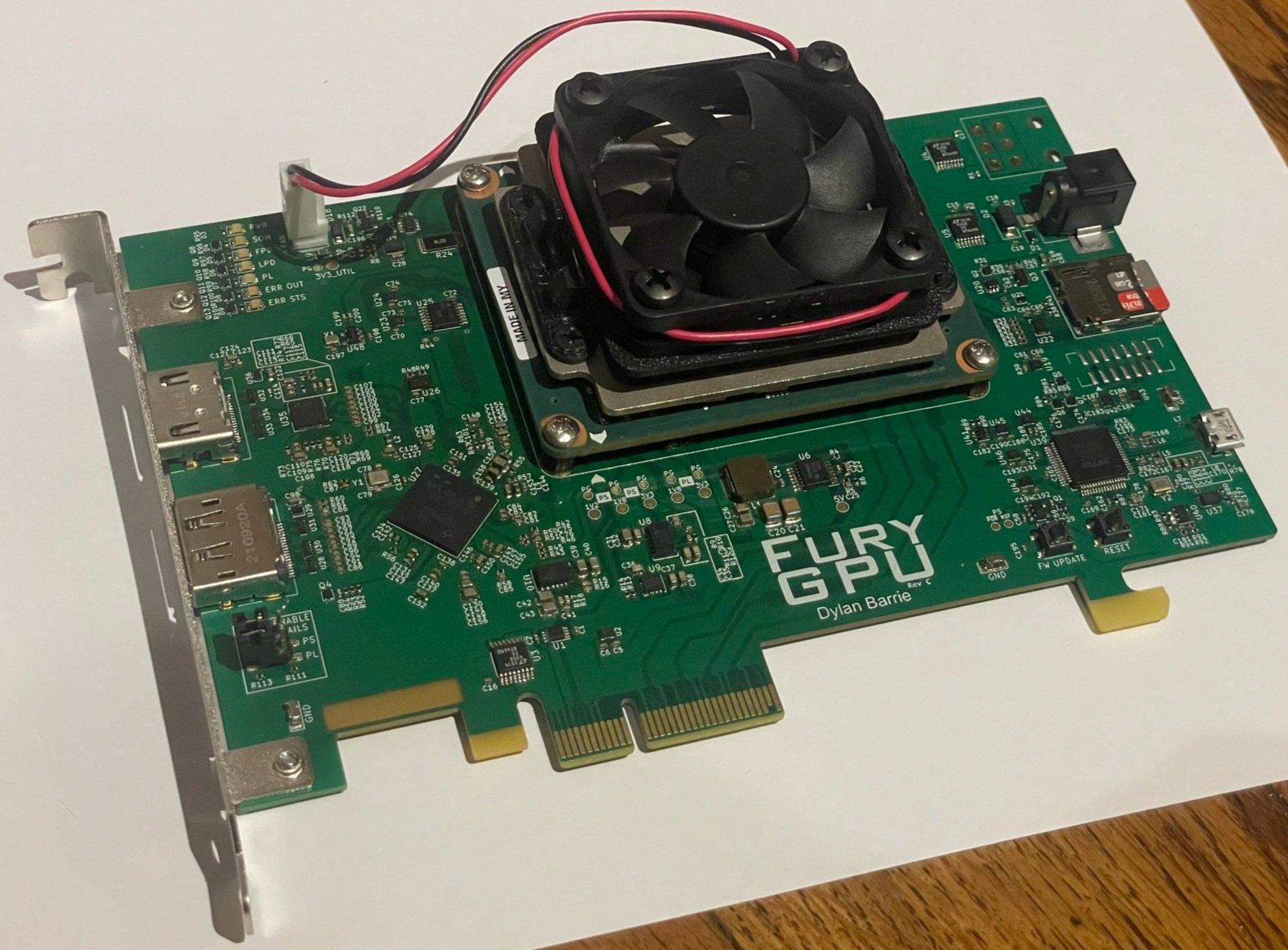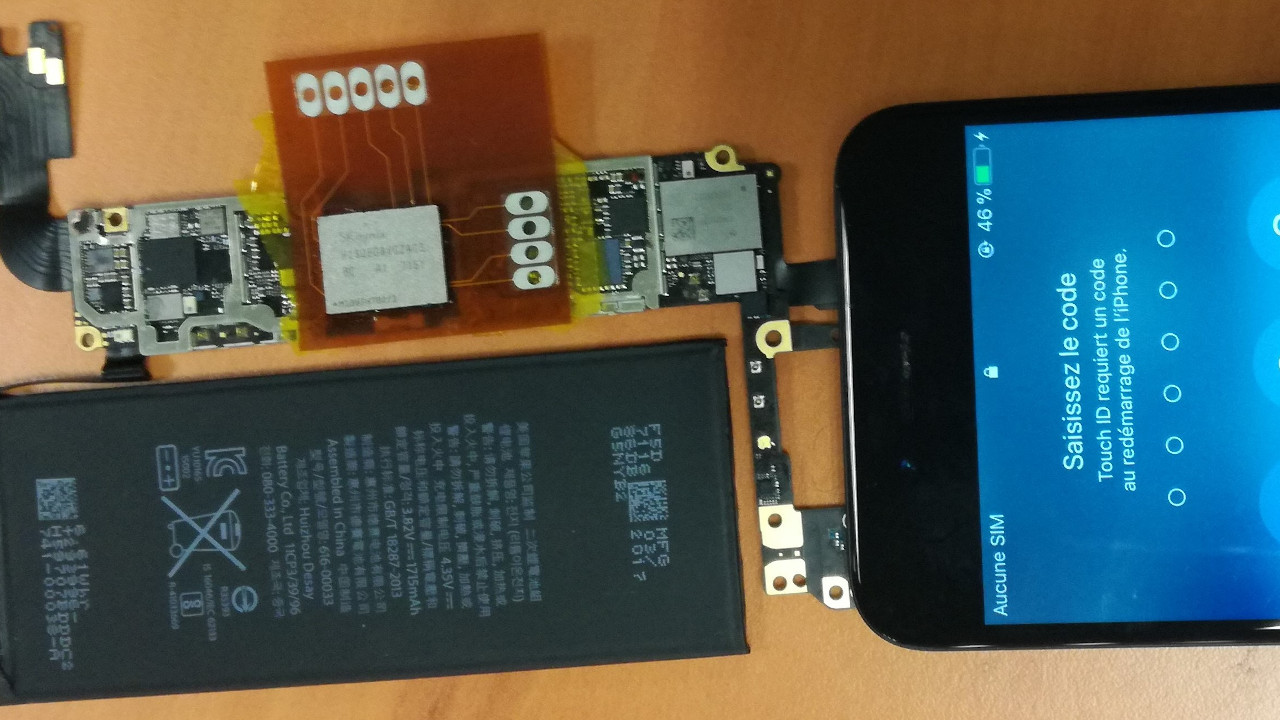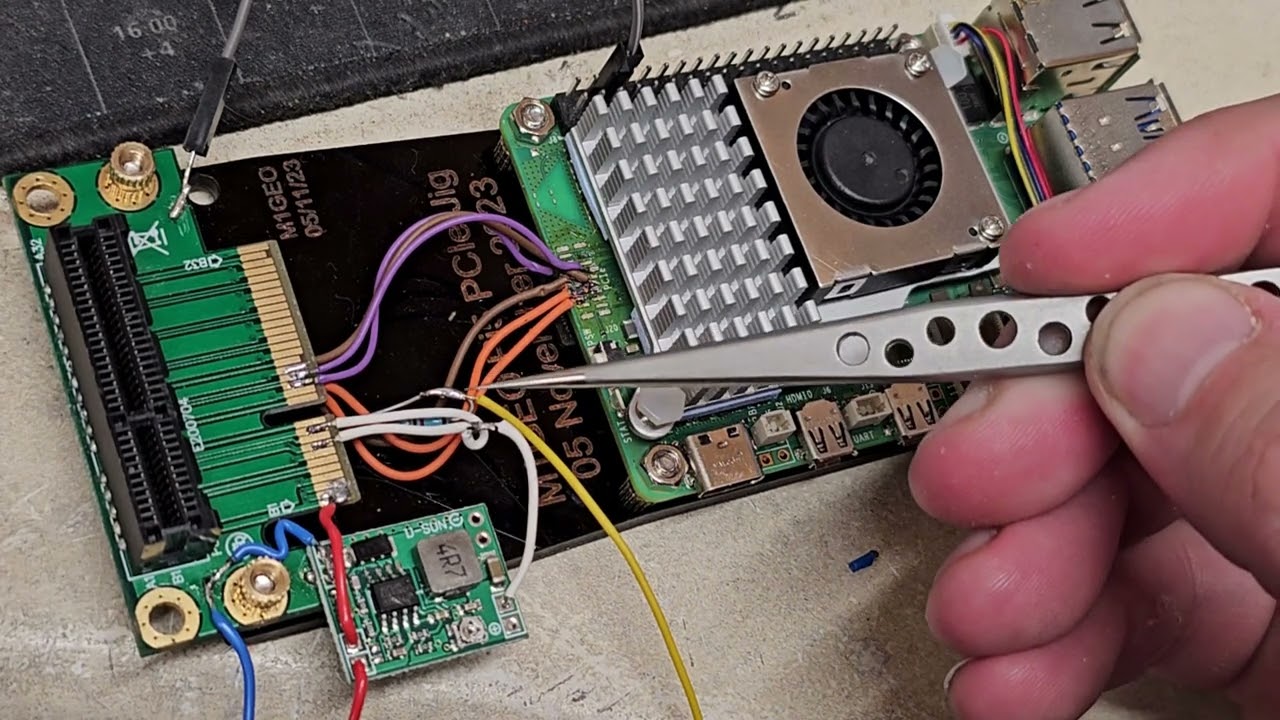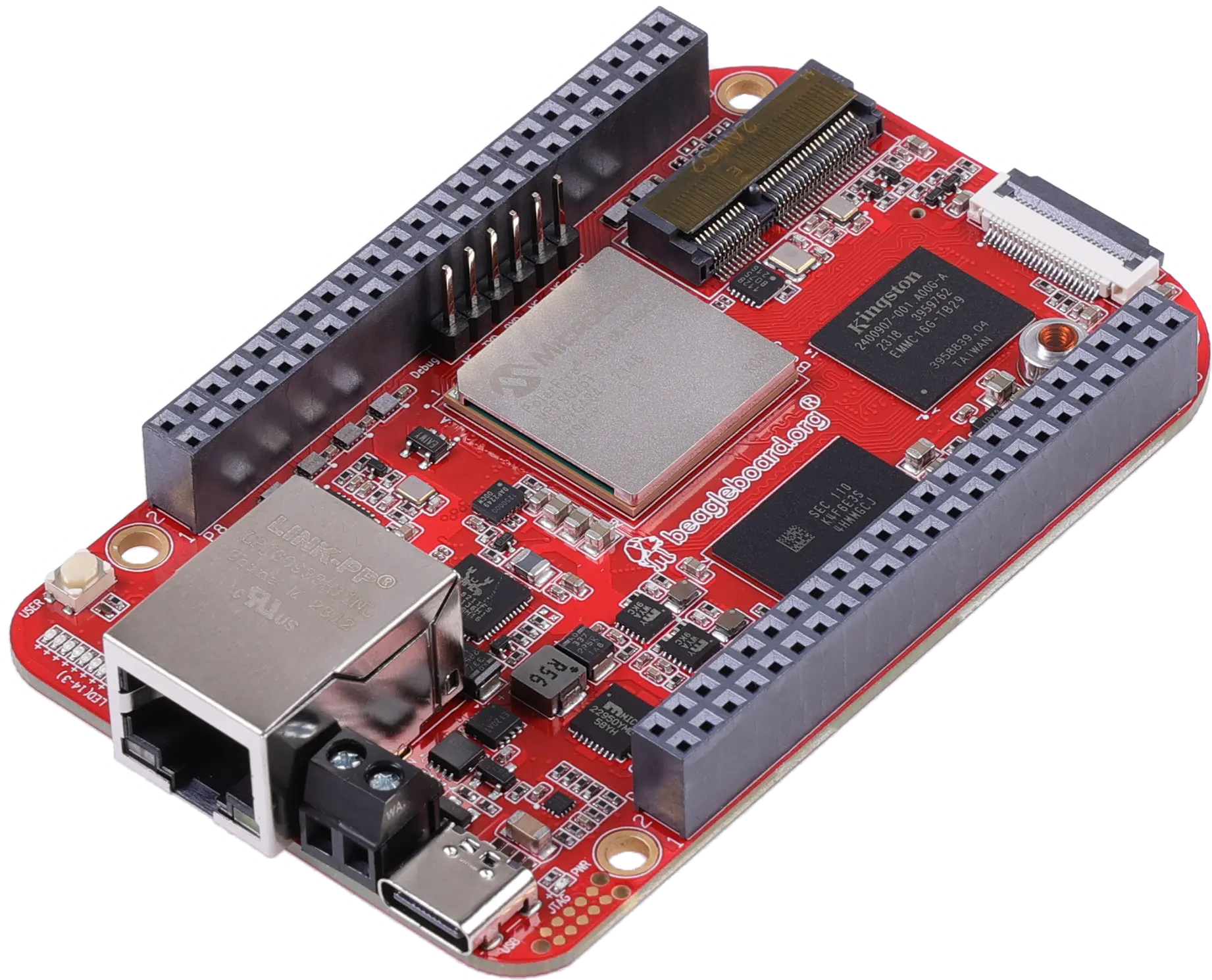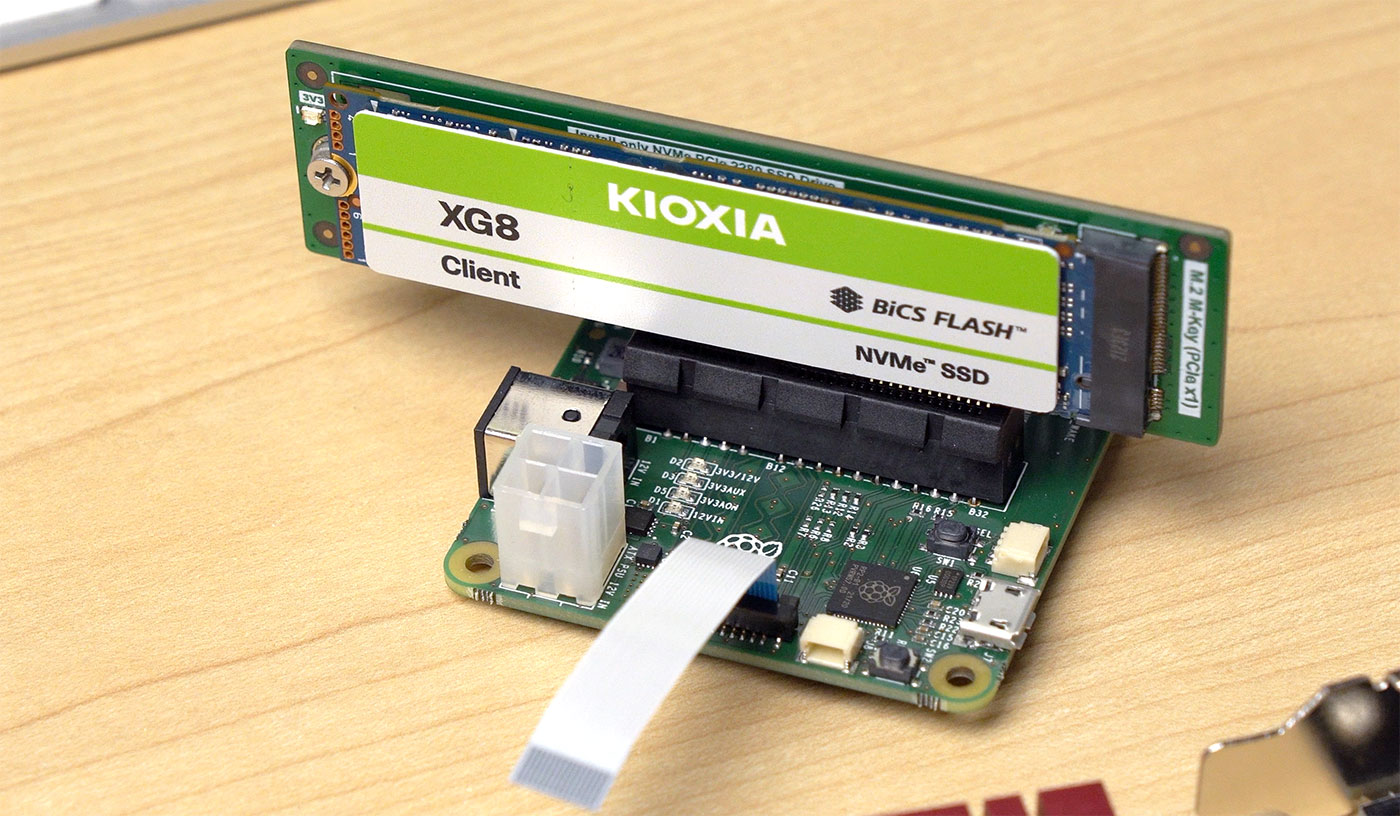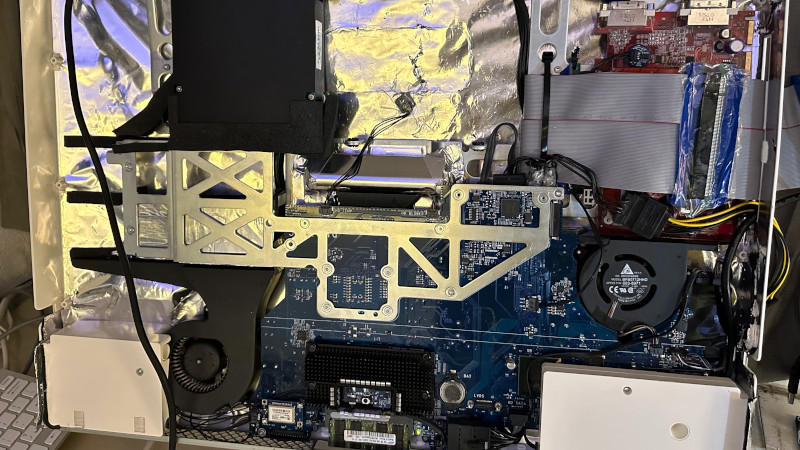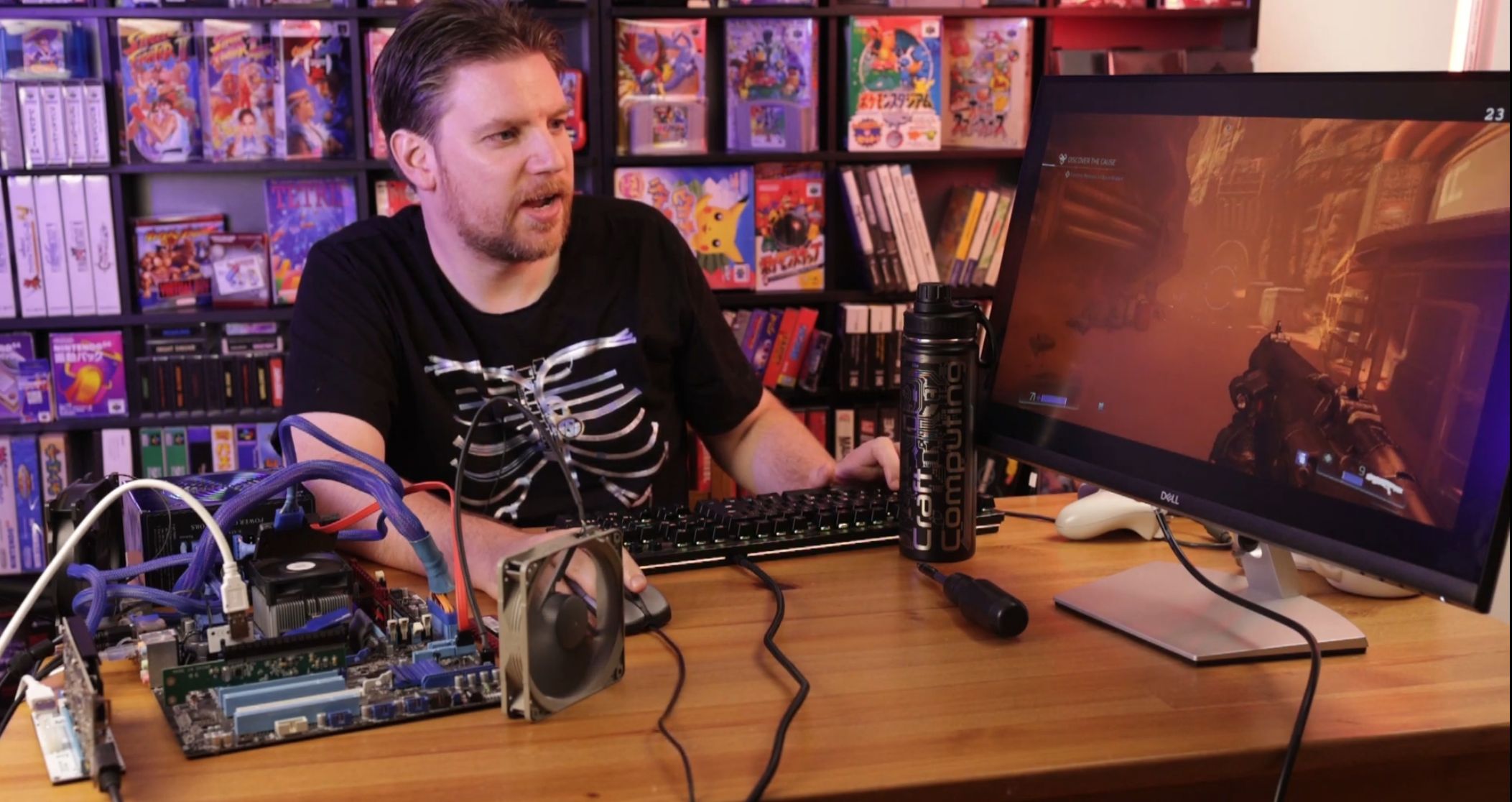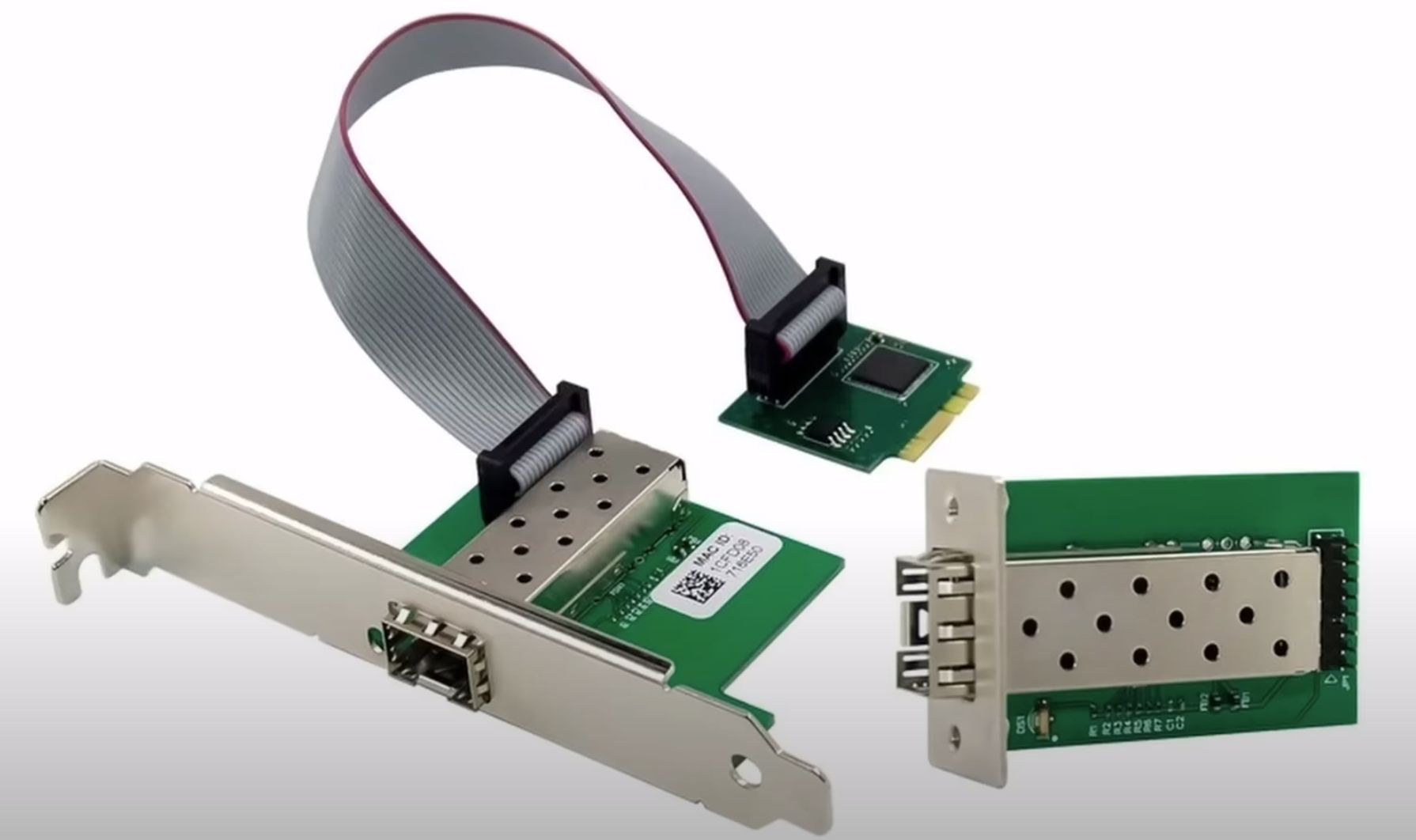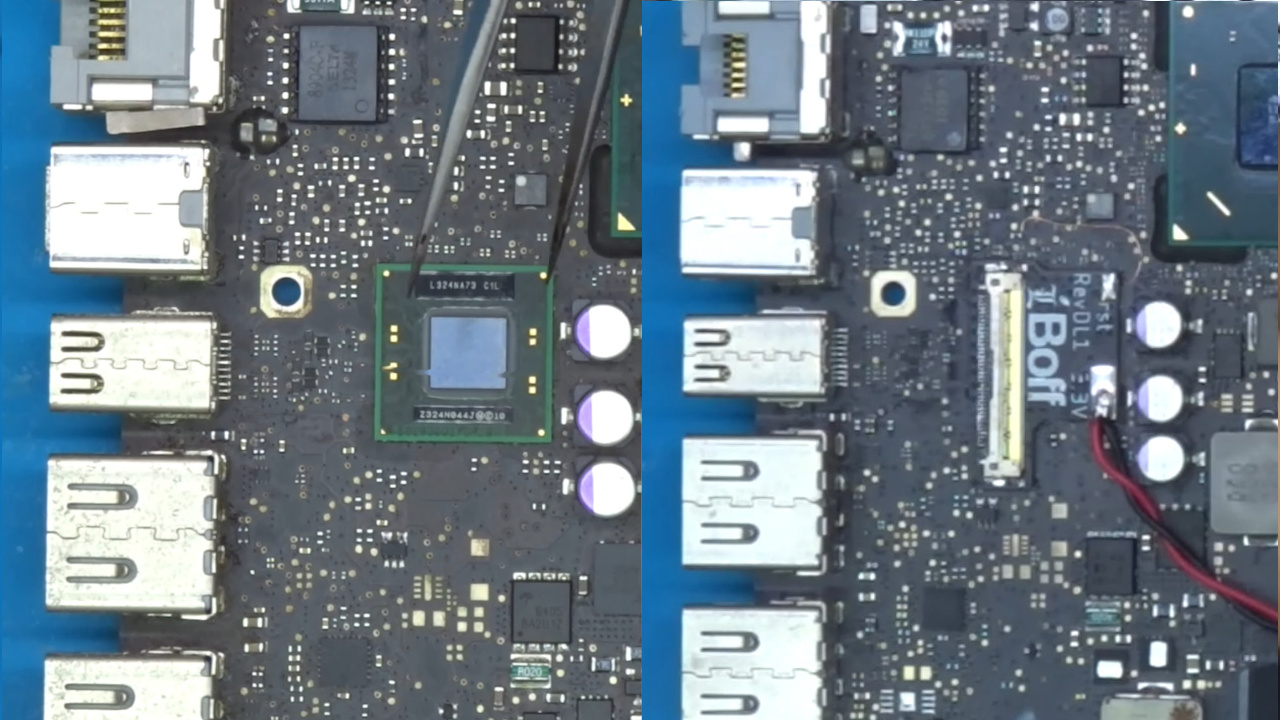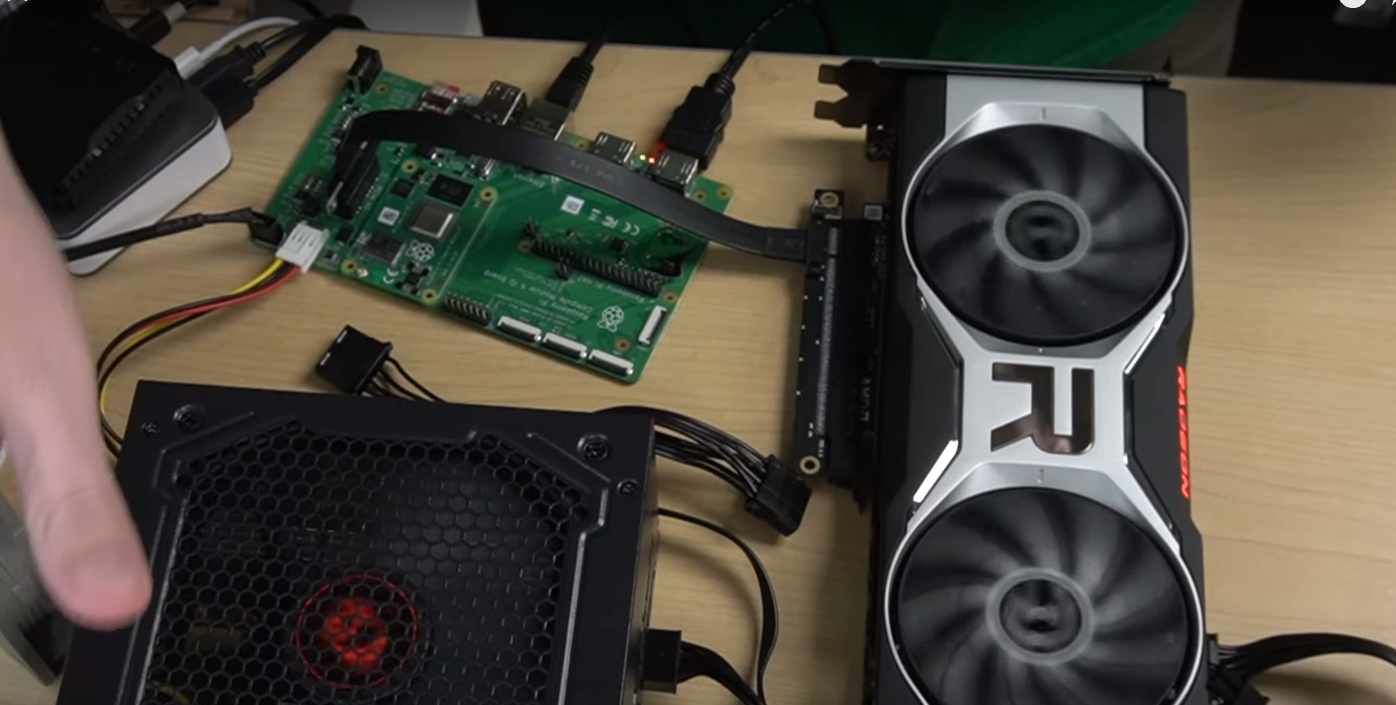2 Likes
#pcie
#OrangePi Now has an #OpenSource #RISC-V SBC [With M.2 Slot]
source: https://news.itsfoss.com/orange-pi-rv/
TL;DR: The #CPU is too weak for a #desktop system. Without #HDMI, there are much cheaper IoT RISC-V systems.
The RISC-V chip it uses is the same one as found on the #Milk-V Mars, with Orange Pi pointing out that it can run Linux distributions, pointing to #Debian #Linux on its download page.
With Milk-V Mars, starting #Firefox takes 20 seconds under Debian. Nobody really wants to work with this #performance. You could certainly shorten the time with a very lightweight customized Linux, but it is questionable whether these adjustments will be made.
What's better is that #PCIe is on the underside, unlike the Mars, and the #Wifi is onboard.

If you are looking for a pure IoT solution without HDMI, the Milk-V Duo S is a much cheaper hardware that runs under Linux.
5 Likes
2 Likes
4 Likes
6 Likes
2 Shares
Tinker board in #RaspberryPi format has #RISC-V #CPU
URI: https://www.beagleboard.org/boards/beaglev-fire
- 4x 64-bit #RV64GC Application cores (U54-MC)
- Fmax of 667 MHz (–40 °C to 100 °C Tj)
- 2GB LPDDR4
- 16GB Kingston #eMMC
- 128Mbit SPI flash
- #USB Type-C with high-Speed (480Mbps) dual-role support and power input
- Gigabit #Ethernet
- M.2 E-Key socket for #WiFi and other #PCIe/SDIO modules
- microSD card socket
- Price $150
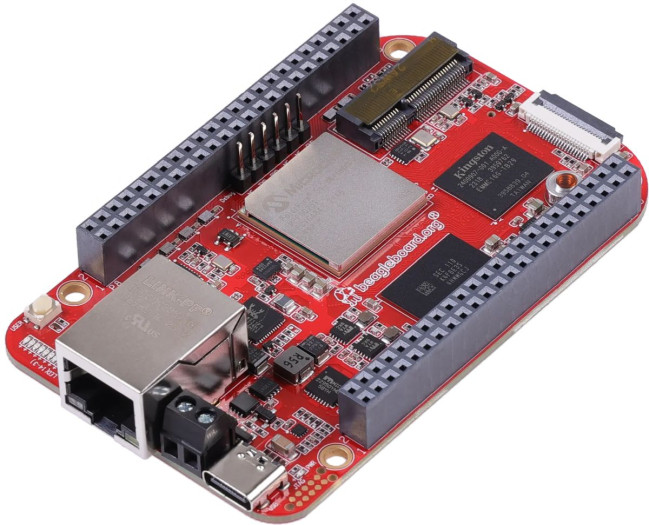
5 Likes
1 Comments
1 Shares
6 Likes
One person like that
3 Likes
1 Shares
2 Likes
2 Likes
2 Likes
One person like that
One person like that
One person like that
One person like that
3 Shares
5 Likes
1 Comments
2 Likes
1 Shares

